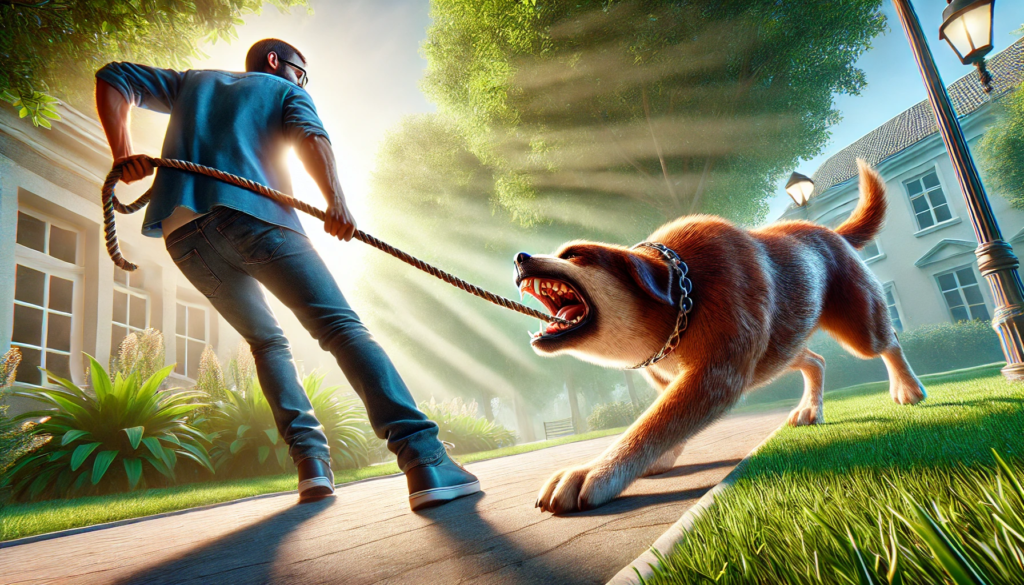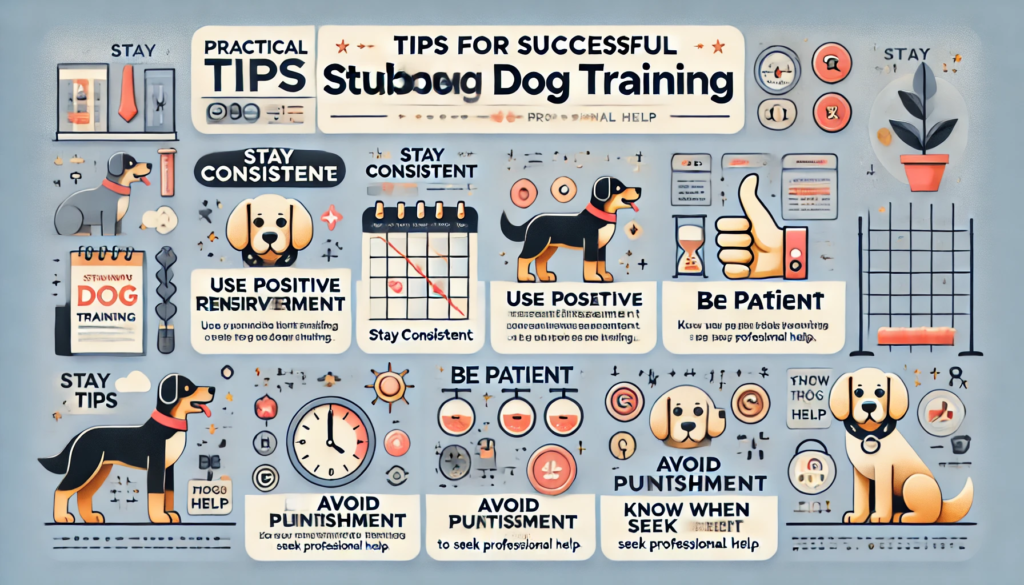
Training a stubborn dog can be a challenging yet rewarding experience. If you find yourself frustrated and unsure of how to proceed, you’re not alone. Many dog owners face similar struggles, but with the right approach, you can transform your stubborn pup into a well-behaved companion.
In this post, we will explore effective strategies for stubborn dog training, discuss how to understand the root of stubbornness, and provide practical tips to make the training process smoother.
Understanding the Root of Stubbornness

Before diving into training techniques, it’s essential to understand why your dog might be acting stubborn. Identifying the root cause can help you tailor your approach to better suit your dog’s needs.
Breed Tendencies
Some dog breeds are naturally more independent or strong-willed. For instance, breeds like Dachshunds, Beagles, and Terriers are known for their tenacity and determination. Knowing your dog’s breed tendencies can give you insight into their behavior.
Lack of Motivation
Dogs may appear stubborn because they lack motivation. If your dog is not interested in the treats or rewards you’re offering, they may not see the point in following your commands. Understanding what motivates your dog can make a significant difference in their responsiveness.
Inconsistent Training
Consistency is key in dog training. If your training sessions are sporadic or your commands are inconsistent, your dog may become confused and less likely to follow your instructions. Establishing a routine and using clear, consistent commands can help mitigate this issue.
Effective Strategies for Stubborn Dog Training

Now that we’ve explored some potential causes of stubborn behavior, let’s dive into effective strategies for training a stubborn dog.
Positive Reinforcement
Positive reinforcement is one of the most effective training methods for stubborn dogs. This technique involves rewarding your dog for good behavior, which encourages them to repeat the desired actions. Rewards can include treats, praise, or playtime. The key is to find what motivates your dog and use it to reinforce positive behavior.
Clicker Training
Clicker training is a popular form of positive reinforcement that uses a small device that makes a clicking sound to mark the exact moment your dog performs the desired behavior. The click is immediately followed by a reward. Over time, your dog will associate the click with a positive outcome and will be more likely to repeat the behavior.
Establishing Clear Commands
Using clear, concise commands can help reduce confusion and make it easier for your dog to understand what you want them to do. Stick to one-word commands like “sit,” “stay,” or “come,” and avoid using multiple words or phrases for the same command.
Short, Frequent Training Sessions
Dogs, especially stubborn ones, can have short attention spans. To keep your dog engaged, opt for short, frequent training sessions rather than long, drawn-out ones. Aim for sessions that last 5-10 minutes and repeat them several times throughout the day.
Patience and Consistency
Training a stubborn dog requires patience and consistency. It’s essential to remain calm and composed, even if your dog isn’t catching on as quickly as you’d like. Consistently reinforcing commands and maintaining a positive attitude will help your dog learn more effectively.
Practical Tips for Successful Training

In addition to the strategies mentioned above, here are some practical tips to enhance your stubborn dog training experience.
Create a Distraction-Free Environment
When starting your training, choose a quiet, distraction-free environment where your dog can focus solely on you. As your dog becomes more proficient in following commands, gradually introduce distractions to help them learn to obey in various settings.
Use High-Value Rewards
Identify what your dog finds most rewarding, whether it’s a special treat, a favorite toy, or praise. Use these high-value rewards during training sessions to keep your dog motivated and engaged.
Break Tasks into Smaller Steps
If your dog is struggling with a particular command, break it down into smaller, more manageable steps. For example, if you’re teaching your dog to “stay,” start with short durations and gradually increase the time as your dog becomes more comfortable.
Socialization
Socializing your dog with other dogs and people can help reduce stubborn behavior. Well-socialized dogs are generally more confident and responsive to training. Arrange playdates, visit dog parks, and expose your dog to various environments to improve their social skills.
Seek Professional Help
If you’re struggling to train your stubborn dog despite your best efforts, consider seeking help from a professional dog trainer. A trainer can provide personalized guidance and support to address your dog’s specific needs.
Common Mistakes to Avoid

Training a stubborn dog can be challenging, and it’s easy to make mistakes along the way. Here are some common pitfalls to avoid:
Inconsistent Commands
Using different words or phrases for the same command can confuse your dog. Stick to one command per action to ensure clarity.
Punishing Your Dog
Punishment can create fear and anxiety in your dog, making training more difficult. Focus on positive reinforcement and reward-based training methods instead.
Expecting Immediate Results
Training takes time, especially with a stubborn dog. Be patient and avoid expecting immediate results. Consistency and persistence will pay off in the long run.
Overwhelming Your Dog
Introducing too many commands or tasks at once can overwhelm your dog. Focus on one command at a time and ensure your dog has mastered it before moving on to the next.
Conclusion
Training a stubborn dog may require extra effort and patience, but it’s entirely possible with the right approach. By understanding the root of your dog’s stubbornness, using effective training strategies, and avoiding common mistakes, you can help your dog become a well-behaved and obedient companion. Remember, consistency and positive reinforcement are key to successful dog training. Stay patient, and you’ll see progress over time.
